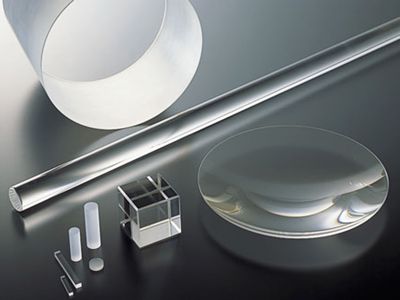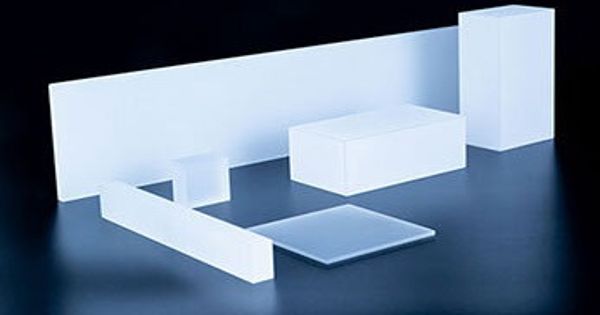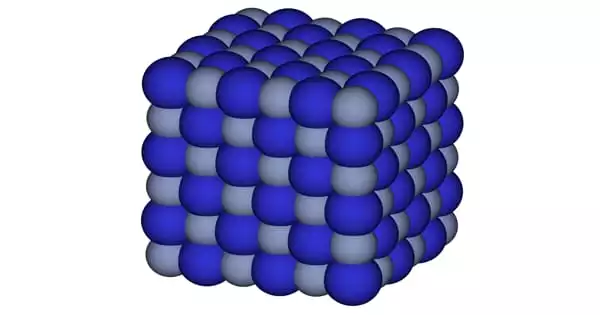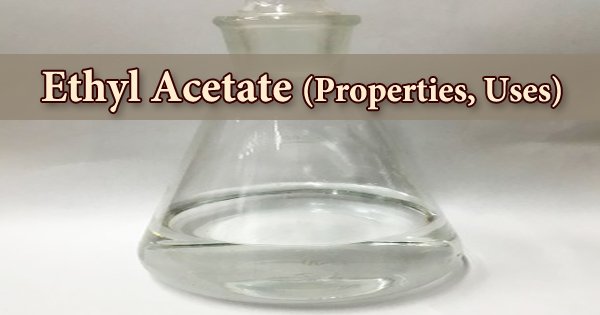Fused quartz is an extraordinary material for numerous industrial applications. It is also known as fused silica is glass consisting of silica in amorphous (non-crystalline) form. Silica glass is used where high service temperature, very high thermal shock resistance, high chemical durability, very low electrical conductivity, and good ultraviolet transparency are desired. It differs from traditional glasses in containing no other ingredients, which are typically added to glass to lower the melt temperature. Quartz is a very versatile, naturally occurring substance with good electrical, optical and thermal performance and corrosion resistance.
Fused quartz is an entirely synthetic material, and is technically the purest glass. It has the highest temperature characteristics of any glass, and it often begins as pure silicon gas.
Silica is found almost everywhere in nature, and represents almost 1/3 the mass of the earth’s crust. Fused Quartz is a result of melting synthetically derived silicon dioxide and is used in many of the same applications as fused silica. Vitreous Silica is the generic term used to describe all types of silica glass, and manufacturers refer to the material as either Fused Quartz or Fused Silica. The main differences are that fused silica transmits better in the UV and fused quartz is lower in OH content. Fused silica, commonly referred to as synthetic fused quartz, is produced using high purity silica sand that is manufactured from SiCL4.

Properties
- Density: 2.2 x 103 kg/m3
- Hardness: 5.5–6.5 Mohs’ Scale
- Design Tensile Strength: 4.8 x 107 Pa (N/m2) (7,000 psi)
- Bulk Modulus: 3.7 x 1010 Pa (5.3 x 106 psi)
- Rigidity Modulus: 3.1 x 1010 Pa (4.5 x 106 psi)
- Young’s Modulus: 7.2 x 1010 Pa (10.5 x 106 psi)
- Poisson’s Ratio: 0.17
- Thermal Conductivity (20°C): 1.4 W/m °C
- Specific Heat (20°): 670 J/kg °C
Fused silica, therefore, has high working and melting temperatures. It is manufactured by melting naturally occurring crystalline silica, such as sand or rock crystal. The single-component glass consists solely of silica (SiO2). Although the terms fused quartz and fused silica are used interchangeably, the optical and thermal properties of fused silica are superior to those of fused quartz and other types of glass due to its purity. Through its unique combination of thermal, mechanical and optical properties, fused quartz is one of the most important materials for industry and research. For these reasons, it finds use in situations such as semiconductor fabrication and laboratory equipment. Because of the way fused silica is made, it has superior ultraviolet performance to natural quartz and is ideal for applications such as UV transmitting optics.
Fused quartz requires care in handling and use to achieve good performance. The production method is either electrically fused or flame fused. It transmits ultraviolet better than other glasses, so is used to make lenses and optics for the ultraviolet spectrum. Fused Silica is an entirely synthetic material, and is technically the purest glass. The low coefficient of thermal expansion of fused quartz makes it a useful material for precision mirror substrates. It has the highest temperature characteristics of any glass, and it often begins as pure silicon gas. The finished product is a transparent glass with an ultra-high purity and improved optical transmission.
Information Source:
















